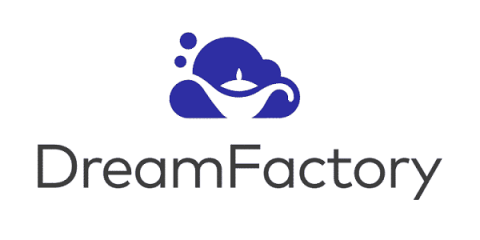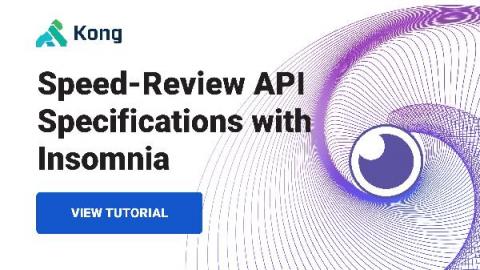Systems | Development | Analytics | API | Testing
Documentation
Top OpenAPI Tools for Efficient API Documentation and Development
What is API Documentation and Why is it Important?
Master Documenting Your APIs: Tips for Effective API Documentation
How to Document Your REST API Like a Pro
Livebook for Elixir: Just What the Docs Ordered
While initially conceived as a tool for data exploration (much like Jupyter for Python), Livebook has deservedly become a sensation in the Elixir community. It has been fantastic to see all the wonderful ways teams are leveraging Livebook for a range of different use cases. We have seen Livebooks being used to: Livebooks have also been used as the default REPL interface for project development.
The endless capabilities of Storybook
As a developer, I am a massive fan of documentation and (as you can probably tell from my previous blog post) also a big fan of Storybook. If you’re interested in what Storybook is and how to set it up, or integrate it into your existing project, you can find out more about that here. However, in this post, I am going to be outlining why you should be using Storybook and each of its features and capabilities.
Readme: Beautiful solution for dev's documentation
Technology has completely changed the way business houses function today. Most of them have gradually started shifting from the traditional ways of creating their own services to the newer and smoother approach of deploying APIs. APIs have the potential to increase a firm’s revenue while extending their consumer reach. As such, having a tool that helps build quality API documentation is essential.
7 Tips for Designing Great API Documentation
Speed-Review API Specifications with Insomnia
As the software application world moves from monolith architectures to microservices, we are also seeing a shift toward developing modular and reusable APIs. According to APIOps, reusable APIs are consumable APIs, which means they must be well-documented and compliant. The separation between the designers, builders and consumers of an API grows larger and larger, making the API specification even more central to that API’s success.











